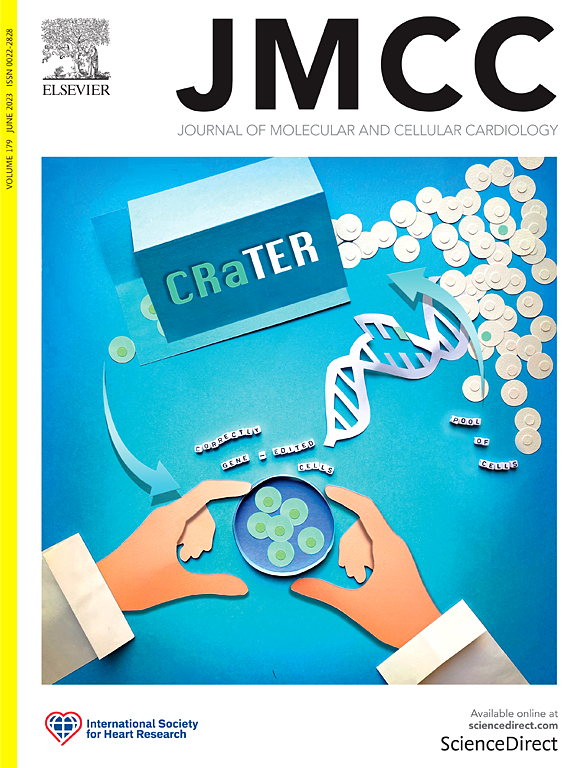Hydrogen sulfide preserves the function of senescent endothelium through SIRT2 mediated inflammatory inhibition
IF 4.7
2区 医学
Q1 CARDIAC & CARDIOVASCULAR SYSTEMS
引用次数: 0
Abstract
Endothelial aging is an independent risk factor of cardiovascular diseases, and this study aims to explore the mechanism of endothelial aging. We first applied two animal aging models and two cellular aging models to observe the characteristics of senescent endothelium at the morphological, functional, and molecular levels. It was confirmed that the aging of endothelial cells was accompanied by activation of Nod like receptor protein 3 (NLRP3) inflammasome pathway, reduced levels of hydrogen sulfide (H2S) and sirtuin2 (SIRT2) activity. Endothelial specific knockout of cystathionine-γ-lyase (CSE) led to premature aging of blood vessels, and excessive activation of the SIRT2/NLRP3 inflammasome. Finally, H2S supplementation improved vascular and endothelial cell function, normalized inflammatory cytokine levels, and thereby reversed endothelial aging through SIRT2/NLRP3 mediated pathway. In this study, we found that the decrease in SIRT2 activity in aging endothelial cells increased the level of NLRP3 inflammasome and H2S inhibited inflammation to improve endothelial aging through the SIRT2/NLRP3 pathway. This provided H2S could be a new target for improving endothelial aging, and offered new strategies for defending human aging.

硫化氢通过SIRT2介导的炎症抑制保护衰老内皮细胞的功能
内皮老化是心血管疾病的独立危险因素,本研究旨在探讨内皮老化的机制。我们首先应用两种动物衰老模型和两种细胞衰老模型,从形态学、功能和分子水平观察衰老内皮的特征。我们证实内皮细胞的衰老伴随着Nod样受体蛋白3 (NLRP3)炎症小体通路的激活,硫化氢(H2S)和sirtuin2 (SIRT2)活性水平的降低。内皮特异性敲除半胱硫氨酸-γ-裂解酶(CSE)导致血管过早老化,SIRT2/NLRP3炎性小体过度激活。最后,补充H2S可改善血管和内皮细胞功能,使炎症细胞因子水平正常化,从而通过SIRT2/NLRP3介导的途径逆转内皮细胞衰老。在本研究中,我们发现老化内皮细胞中SIRT2活性的降低增加了NLRP3炎症小体的水平,H2S通过SIRT2/NLRP3途径抑制炎症,改善内皮细胞衰老。这表明H2S可能是改善内皮细胞老化的新靶点,并为预防人类衰老提供了新的策略。
本文章由计算机程序翻译,如有差异,请以英文原文为准。
求助全文
约1分钟内获得全文
求助全文
来源期刊
CiteScore
10.70
自引率
0.00%
发文量
171
审稿时长
42 days
期刊介绍:
The Journal of Molecular and Cellular Cardiology publishes work advancing knowledge of the mechanisms responsible for both normal and diseased cardiovascular function. To this end papers are published in all relevant areas. These include (but are not limited to): structural biology; genetics; proteomics; morphology; stem cells; molecular biology; metabolism; biophysics; bioengineering; computational modeling and systems analysis; electrophysiology; pharmacology and physiology. Papers are encouraged with both basic and translational approaches. The journal is directed not only to basic scientists but also to clinical cardiologists who wish to follow the rapidly advancing frontiers of basic knowledge of the heart and circulation.

 求助内容:
求助内容: 应助结果提醒方式:
应助结果提醒方式:


